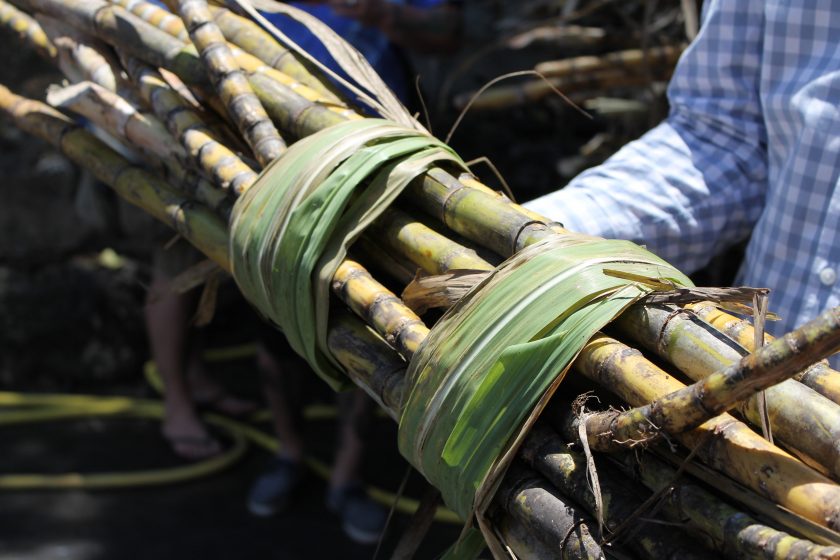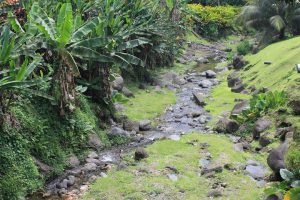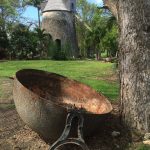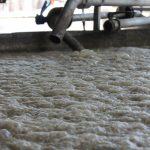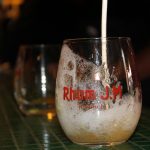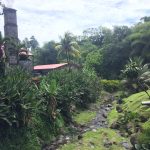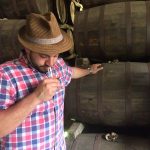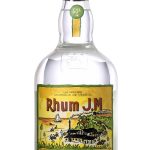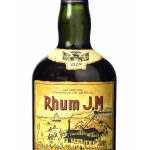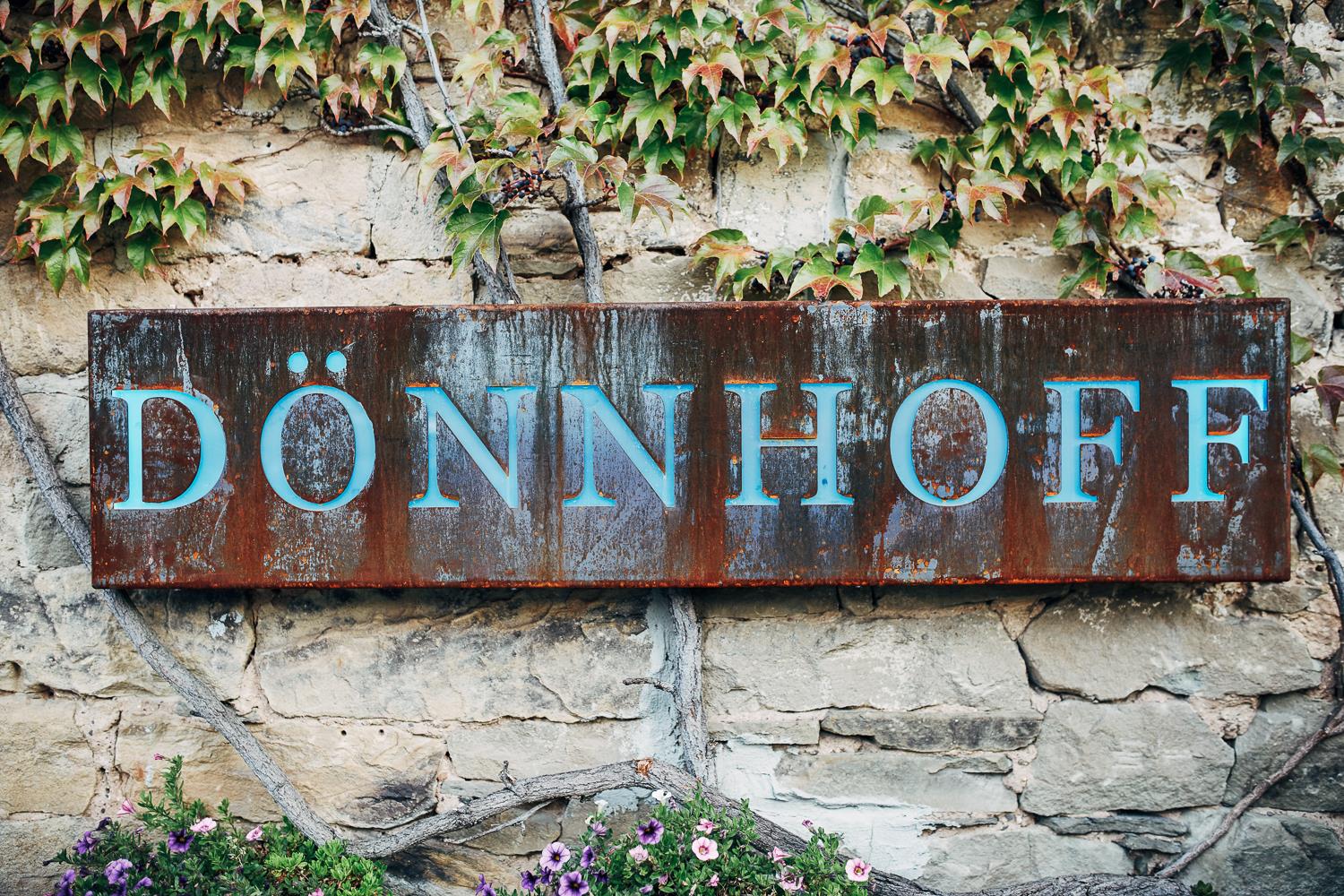The Other 2%
Rhum Agricole screams of place. Everything matters. From the type of water to the soil, from the varietal of sugercane to the unique farming practices, from the stills to the hands of people who shape this special spirit; the tradition of rhum production on Martinique and Guadalupe is purely French, with a twist of “island time.” The appellation d’origine contrôlée (AOC), France’s governing body that certifies agricultural products based on the concept of terroir, safeguards the craft of Rhum Agricole. Let’s cover the basics. What is rhum? Rhum is a uniquely distilled spirit made from fresh sugar cane, a far difference from 98% of rums that are distilled from molasses. To create Rhum Agricole, sugarcane juice is quickly fermented, single distilled and either bottled unaged as a Blanc, or aged using familiar designations VO, VSOP & XO. Agricole is reminiscent of Armagnac, the single distilled grape distillate of Gascony. In fact, the still used to make Agricole is commonly referred to as an “Armagnac Still.”
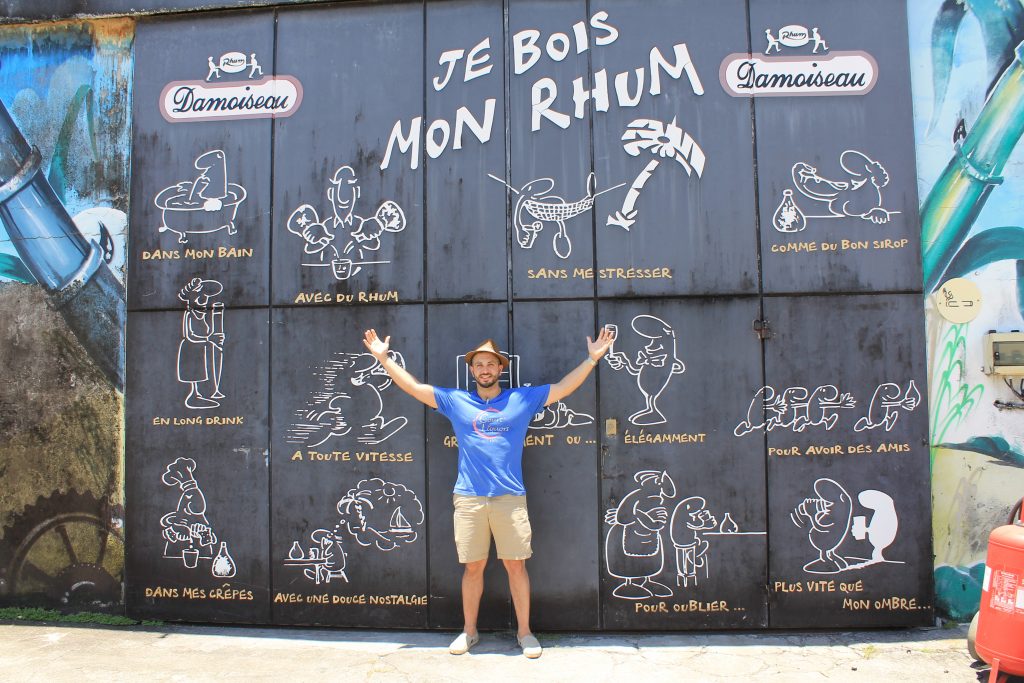 Guadeloupe: Distillerie Damoiseau
Guadeloupe: Distillerie Damoiseau
Master Distiller and owner of Rhum Damoiseau, Hervé Damoiseau, greets us on arrival to the whimsical island of Guadeloupe, where the black and pink sands meet the sleepy town of La Moule, on the eastern part of the island known as Grand Terre. Nothing seems too serious on the island, except for the dedication to rhum. A huge, pink statue of the family’s French bulldog named Iawa, meaning “Go Away” guards the front lawn and entrance. We enter under Hervé’s protection, followed by a rusted out pick-up truck, filled with fresh cut sugar cane that had been tied up using fresh cane leaves as rope.
The timeworn distillery’s walls are covered in what look like hieroglyphics, detailing modes of local rhum consumption over the centuries. The air is heavy, sweet with sugarcane and funky with fermentation. Hervé leads us up a spiraling staircase, circling around a column still, to a special vantage point at the summit. “Mind your head!” he advises, as we dodge the rusted cables and tread on weatherworn steps. The sights from the top of the still are inspiring. From here, the view of the estate grown sugarcane wraps around 360 degrees. Anxious to taste the rhums that come from this abbey of rhum, we belly up to the bar.
We get to work at the bar, making a Planters Punch, combining Rhum Blanc 40% and 55%, VSOP, guava, passionfruit, lime zest and fresh cane syrup. Delicious! Next up we turn to another island favorite the Ti Punch. Everyone on Guadeloupe drinks this both to quell the heat and as a vital guide to the island culture. Served like an old-fashioned, Ti Punch, Creole for “Petit Punch” is traditionally made with three simple ingredients, Damoiseau Rhum Blanc 55%, scalloped lime zest and cane syrup. Knocked back on a variety of occasions, you could serve it over ice, if the French believed in ice! Hervé serves a typical lunch spread of roasted lamb, perfectly fried salt cod and conch fritters, snapper fricassée, haricot verts, and fried bananas. Every meal comes with “red gravy,” the local name for creole tomato sauce spiced with scotch bonnets. These sweet, boozy drams perfectly balance out the salt and temperature of fried fritters, the fiery chili burn, and the decadence of roasted lamb. We’re served another reminder, the French obviously know how to eat!
Our Agricole expedition continues in the southernmost French AOC of Martinique. The roads wind back and forth, with dramatic switchbacks leading to blind turns. The townlike hubs begin to give way to a more rural feel. Banana trees line the roads on both sides. Little blue bags can be seen around most bunches of ripe bananas. These “banana hammocks” serve to both keep pests away and to prevent the bananas from falling to the ground. Sugarcane grows thick and tall, in noticably different varieties. We arrive at the northernmost tip of the island where Rhum Distillerie J.M. is located. It is very hot, but significantly less muggy than Guadeloupe and the terroir which surrounds Damoiseau Distillerie. To the northwest, the sugarcane fields line the base of Montagne Pelée, the island’s active volcano. The soils are rich, the cane sweet. The breeze blows from the ocean just to the east, visable from a simple 180 degree turn. You can taste the salt in the air, which certainly makes its way into this savory spirit.
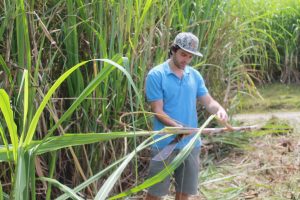 While many producers of rhum ”slash and burn” the sugarcane to harvest and clean the field, Rhum J.M takes a more responsible approach. 10 foot tall stalks of cane are harvested using a two-man system and a machine that looks like something one would use to mine for ore. Once cut, the sugarcane is immediately transported a few hundred yards up the hill to be juiced. The cane is unloaded at the highest point of the facility, and everything thereafter is gravity fed. Fresh cane is cut and juiced within an hour. Fermentation takes 24 hours and is immediately distilled in an Armagnac column still. The rhum comes off the still at 140 proof and is proofed down with the estate’s distinctly full bodied volcanic spring water. And the water definitely matters. Rhum J.M is the only distillery on the island that draws from their own watersource.
While many producers of rhum ”slash and burn” the sugarcane to harvest and clean the field, Rhum J.M takes a more responsible approach. 10 foot tall stalks of cane are harvested using a two-man system and a machine that looks like something one would use to mine for ore. Once cut, the sugarcane is immediately transported a few hundred yards up the hill to be juiced. The cane is unloaded at the highest point of the facility, and everything thereafter is gravity fed. Fresh cane is cut and juiced within an hour. Fermentation takes 24 hours and is immediately distilled in an Armagnac column still. The rhum comes off the still at 140 proof and is proofed down with the estate’s distinctly full bodied volcanic spring water. And the water definitely matters. Rhum J.M is the only distillery on the island that draws from their own watersource.
After visiting the French islands of Guadeloupe and Martinique, one undeniably feels a sense of place. Rhum Agricole speaks to its terroir as well as any other spirit. Agricole is the perfect spirit for those who don’t necessarily love sweet. If you prefer sweetness, add sugar. If you crave tartness, add lime. Enjoy classic agricole Daiquiris and delicious Piña Coladas. They make both of these rhum classics on the islands. Rhum Agricole is the quinessential spirit for the summer months to come, whether you are sipping a Ti Punch or splitting the base in your El Dorado swizzle, agricole is your coeur. A spirit of a place, made on the islands, by the locals of the islands, in French tradition since the 17th century.
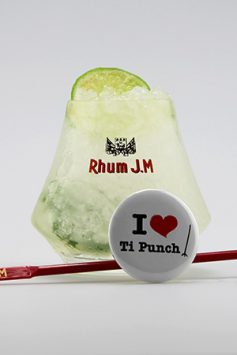
Ti Punch
•2 oz Rhum JM Blanc (80 proof) or Rhum JM Blanc (100 proof)
•2 bar spoons sugar cane syrup (Sirop JM)
•2 pieces lime
Build over crushed ice; swizzle using a swizzle stick.




